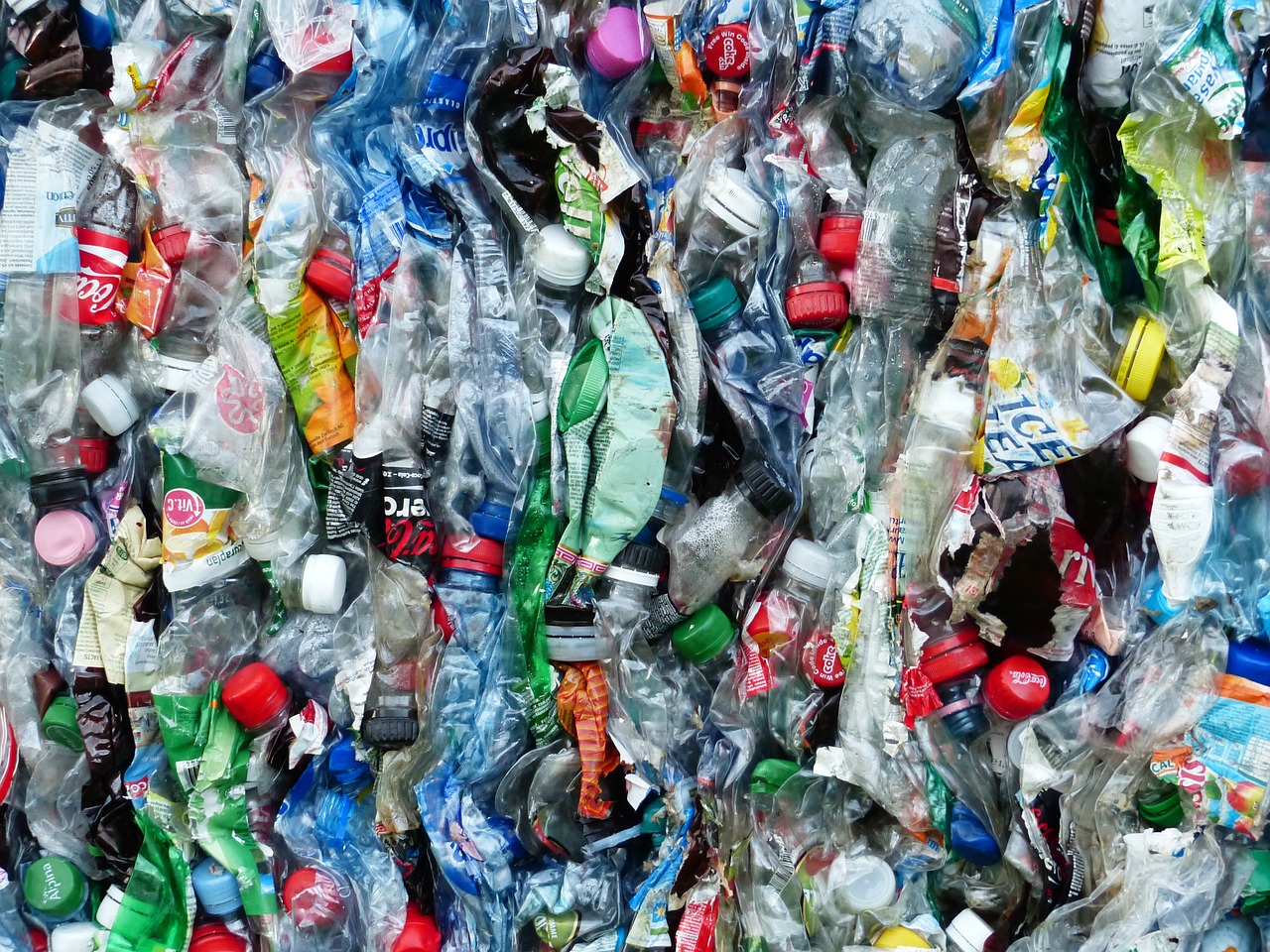The United Nations Environment Assembly Wednesday approved a resolution to establish the first-ever global agreement on plastic pollution, along with a series of draft resolutions concerning biodiversity, health, the green economy, and circularity.
Building off of prior resolutions aimed at tackling the “long-term elimination of plastic pollution,” the four-page resolution expresses the will of representatives from 175 member countries to institute a legally-binding instrument to rein in skyrocketing plastic pollution, including microplastics.
The Assembly, the world’s highest-level environmental decision-making body, gathered for a three-day meeting in Nairobi, Kenya earlier this week. The United Nations created the assembly in 2012 to elevate environmental issues to the same level as peace and security, poverty alleviation, and health as well as to frame a “coherent system of international environmental governance.”
An estimated 11 million metric tons of plastic enter the ocean each year. The United Nations estimates the global plastic industry is valued at US$522.6 billion, with capacity expected to double by 2040. The pervasive impacts of plastics are well-documented—from our food and drinking water, to the air, and even our bodies. With over 99 percent of plastics manufactured from fossil fuels, they are also significant sources of climate change-inducing greenhouse gas emissions.
The resolution passed with resounding support and a standing ovation. Executive Director of the United Nations Environment Programme Inger Andersen called it “the most important multilateral environmental deal since [the 2015 Paris Agreement on climate change].”
“We’re making history today and you should all be proud,” said Espen Barth Eide, President of the Assembly in his address to the body. “Plastic pollution has grown into an epidemic. With today’s resolution, we are officially on track for a cure.”
Environmental advocates and delegates alike greeted the global plastics treaty with open arms, praising the mandate’s legal structure and special emphasis on the marine environment. In December 2021, over 700 groups from 113 countries called on the United Nations to establish a plastics treaty.
The next step involves the actual negotiation of the treaty itself. “[I]t will be essential to ensure that the doors to public participation remain open and that human rights and social and environmental justice remain foundational to the treaty,” said Jane Patton, Plastics & Petrochemicals Campaign Manager for the Center for International Environmental Law.
Speaking to the potential impact of the resolution, Andersen said, “I have complete faith that once endorsed by this assembly, we will have something truly historic on our hands.”
The treaty will likely be finalized in 2024.


